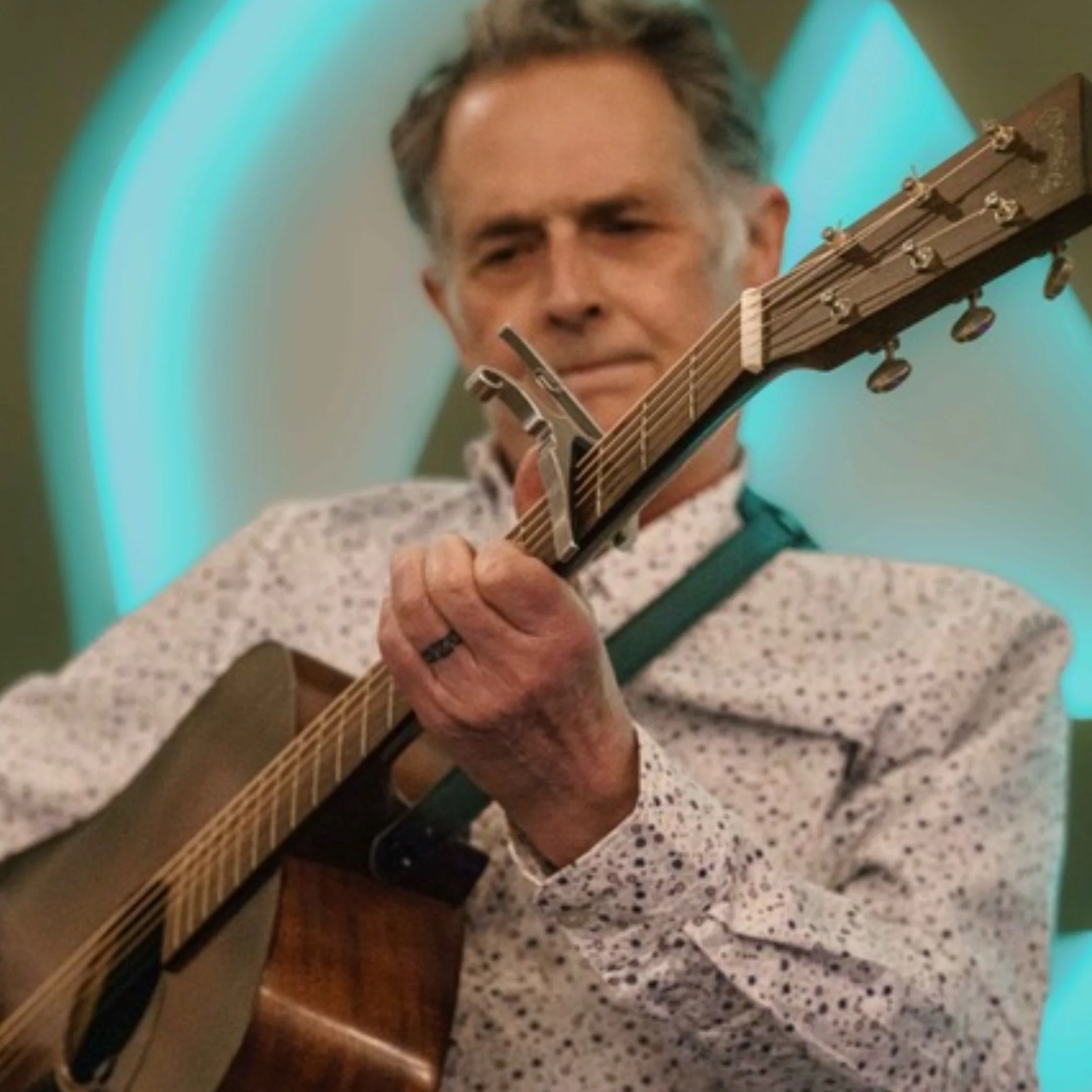By Jen Gilhoi
It was a substance-free New Year’s Eve for a collective of individuals who, for a variety of reasons, chose to be sober on one of the heaviest drinking nights of the year.
Resolution 2020 at The Parkway Theater in Minneapolis was a NYE celebration to actually remember. Beverage sponsors Hairless Dog Brewing, Jinx Tea, Hobby Farmer Canning Company and Red Bull provided the non-alcoholic drinks and The Parkway mixologists took it from there. With everything from Hairless Dog’s new 0.0% coffee stout and Hobby Farmer Canning Company’s Switchel to the Ultra Violet and Woke Punch mocktails, guests did indeed have fancy glasses in hand. Sober doesn’t have to be somber after all!
What did people miss by not drinking? Repetitive conversations, lost hours, lost belongings and a staggering hangover the morning after. Oh yeah, and the big one … regrets. The event was an invitation to explore what a sober social experience can look and feel like. Prior to an event of this type, most seeking a community outside the drinking culture with whom to enjoy New Year’s Eve would simply have stayed home. Such alternatives just haven’t existed historically.
Dissonance and our partner, the Hazelden Betty Ford Foundation, created the event with The Parkway to show that sober experiences don’t have to be solo. They can be shared. They can be celebratory. And they can be meaningful and healing, too. Through these types of shared experiences, we aim to paint an attractive picture for people questioning what’s possible and provide fun options for people already living an alcohol-free lifestyle.
The evening featured comedy as well as music from two singer-songwriters who openly share and celebrate their sobriety and commitment to wellbeing.
First up was Moe Yaqub, an accountant by day and comedy wunderkind by night. He kicked off the evening with comedic stories of his childhood in Pakistan and transition into American culture. From what to feed an ostrich to how presidents must take great care in pronouncing the names of countries in the Middle East, Moe delivered hilarious bits, loosening up the crowd through laughter—the perfect elixir to release any early-evening anxiety.
Then the lovely Lydia Liza took the stage. After a nod to her December 2016 holiday remake of “Baby, It’s Cold Outside”—a modern take on mutual consent—she moved right into songs from her acclaimed new album Of Unsound Mind, including my personal fave “Gardenia.” The acoustic vibe, Lydia’s wit, and her vulnerability as a performer—openly sharing quips about depression and anxiety—brought a uniquely warm and entertaining intimacy to the room. And her whistling – well, that was rippin’.
On that note, we took a little intermission for more mocktails and mingling. In the Parkway lobby, representatives from Dissonance and Hazelden Betty Ford had the opportunity to ask attendees what drew them to the event and what they were enjoying. Many hadn’t been out for New Year’s Eve in years. Most were curious about similar opportunities and how to get more involved in this kind of community. All expressed their appreciation for creating such an event. People open to answering our prompt about “how they stay well” recorded a quick video clip, which we’ll be editing and sharing in the future (#HowIStayWell). Attendees also got the first chance to snag one of our spiffy new Dissonance hats and T-shirts.
After the intermission, HALEY waited stage-side as her incredible band moved into place. She was charmingly surprised during her introduction to learn that her 2014 release Last War had recently been named by the Star Tribune as one of top 10 albums of the decade in Minnesota. HALEY and band certainly lived up to the accolades, delivering high-energy hits like “Kill the Fun” off Last War, contemplative gems like “Hometown” off Impossible Dream, and deep cuts like “Before the Dark” off Golder . HALEY also performed a couple of signature instrumentals featuring only her on piano and guitar maestro Jeremy Ylvisaker, and she brought up Lydia to provide harmonies on her classic “Eat for Free,” which she also recently performed with six-time Grammy Award-nominee Lana Del Rey. It was a treat to hear songs from throughout her 16-year catalog in a 75-minute set that led right up to the ball drop at midnight.
As a large team delivered champagne flutes of sparkling apple cider bubbly to every attendee seated at The Parkway, Haley charmed us with ideas of normalizing this type of social experience. Alternatives are good and not just for sober people, but for vegans too—we all just want to see more on the menu, she said.
The countdown on the big screen behind the band began with 60 seconds to go, allowing for three boisterous rounds of humming our way through Auld Lang Syne. With sparkling-cider toasters in hand, we raised our glasses to a memorable night and more health and happiness in 2020.
Cheers to all who came out to make this first-of-its-kind sober NYE a night to truly remember!
Jen Gilhoi is a Dissonance board member.















